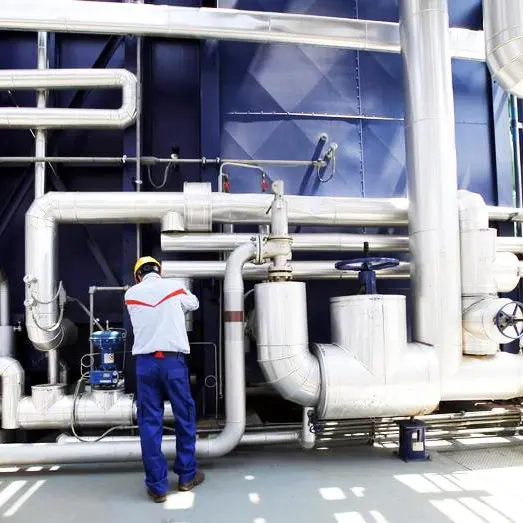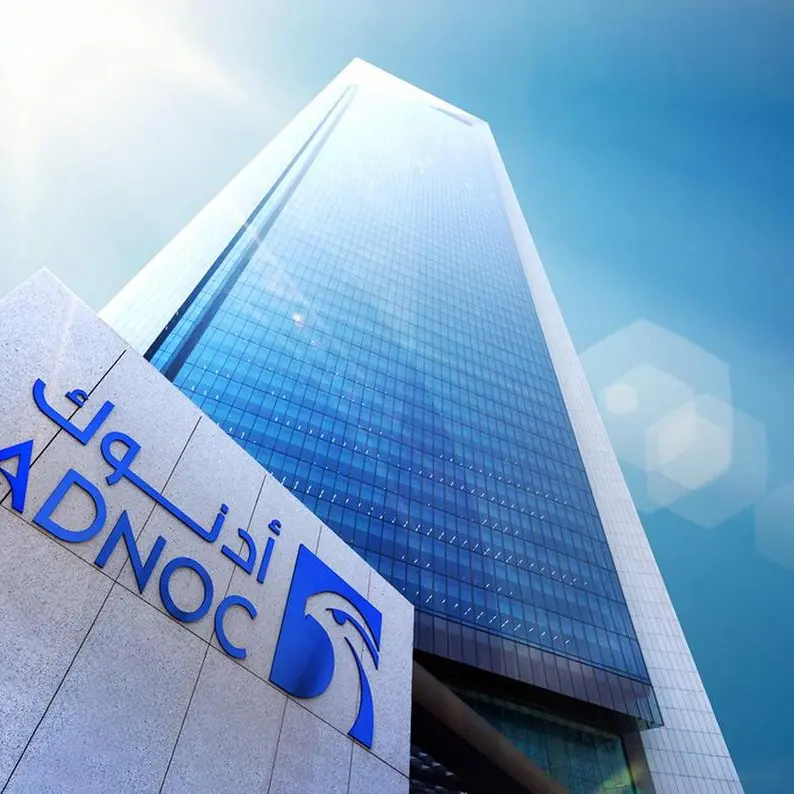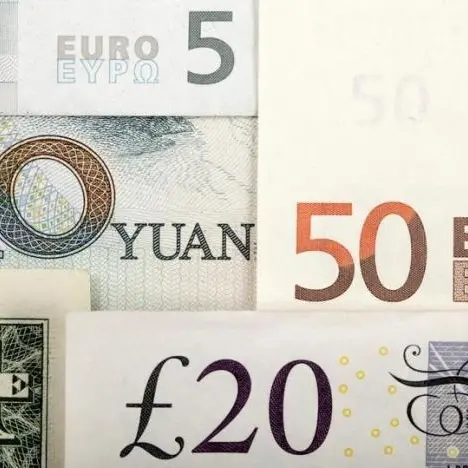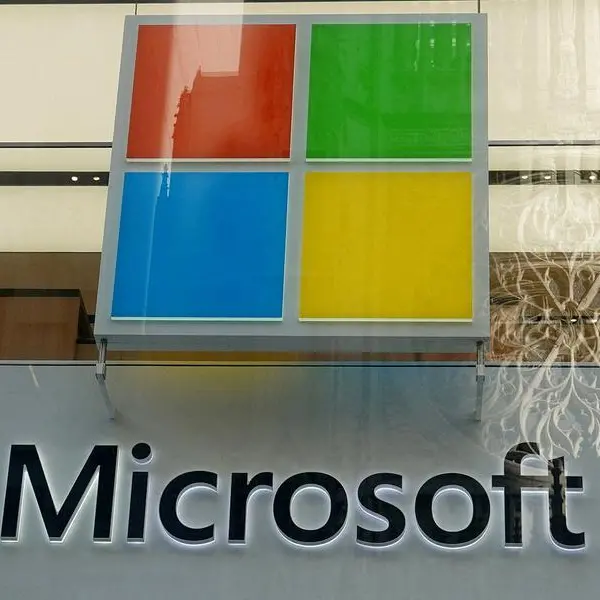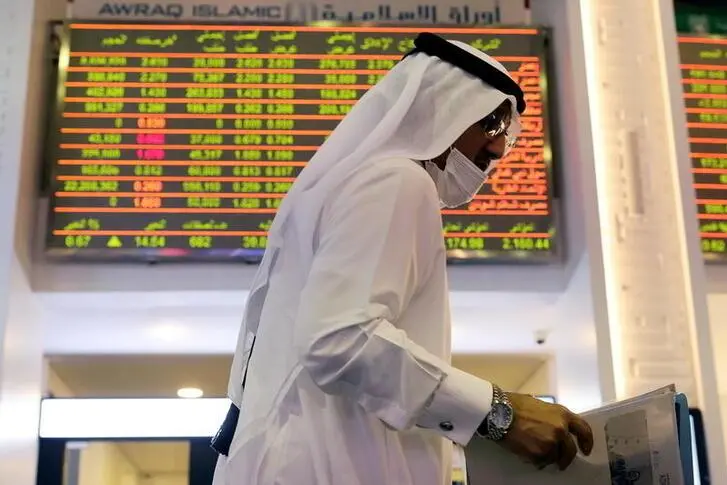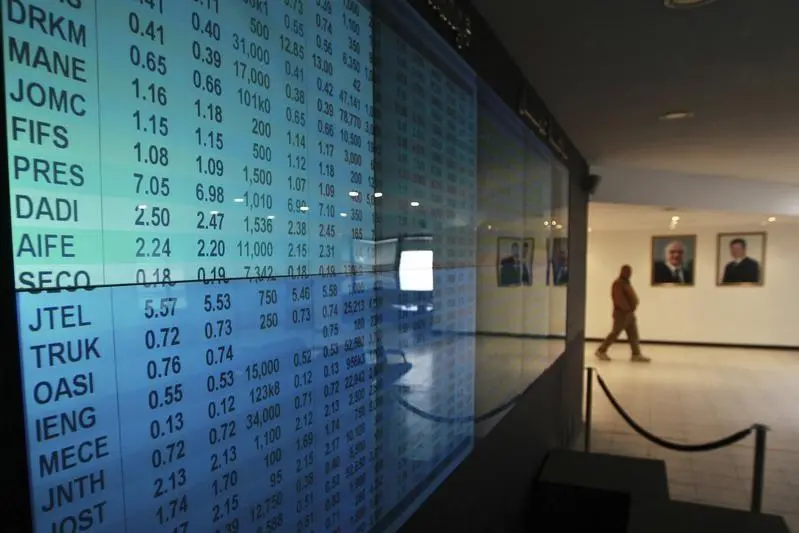As I perused Dubai Financial Market’s disclosure section recently, I saw a notification from Gulf Finance House (GFH) detailing the market making activity transactions on its shares for the month of May. Barain-based investment bank SICO was declared the market maker.
GFH’s disclosure declared that the notification was due to a requirement by the Central Bank of Bahrain, GFH’s lead regulator. I had not previously seen such disclosures for GFH and decided to examine the activities. I was surprised to see that as market maker, SICO had purchased gross a total of 100 million shares of GFH in May and sold only 37 million shares, for net cumulative purchase of 63 million shares. This is not the usual way in which a market maker operates.
The role of a market maker is to provide liquidity in the market by being prepared to buy from market sellers if there are no market buyers and to sell to market buyers if there are no market sellers. Market makers are not a charity, they provide a service and they need to make money and minimise their risk.
A neutral position
A market maker’s main risk is ending up with large exposure to the shares that they make a market in. So to minimise risk, market makers tend to try to ensure that they hold zero shares by the end of the day, and certainly their cumulative balance over a month should be quite small. This holds true for markets in which shorting exists and is efficient, since if an investor wants to buy shares and the market maker has no shares, it can short the stock, selling to the buying investor. In regional markets where shorting is non-existent, restricted or inefficient the market maker needs to hold a certain amount of shares on hand, but the net effect of the cumulative market making transactions should still remain close to zero.
The way market makers ensure that their cumulative market making transactions are zero is by moving the price at which they are willing to transact. If there are more sellers than buyers, then clearly the market price of the shares is too high. As the market maker drops the price that it will transact at, then the number of sellers will decrease and the number of buyers will increase. When the two match, the price is called the market clearing price.
There is a lot of skill needed to do this, but if, for example, a market maker finds that it has a lot of inventory for the day because it bought more than it sold, then it needs to move the price down sharply to entice market traders to buy its surplus inventory. The reverse is true if a market maker’s inventory is too low.
The way a market maker makes money is by what is called the bid-offer spread, i.e. it is willing to buy shares at a slightly lower price than the price at which it is willing to sell. This price spread is a form of commission.
Interpreting the statistics
So why was I surprised that in the month of May GFH’s market maker SICO had acquired a surplus of 63 million shares? This is because SICO will now have an extra exposure to GFH shares whereby each $0.01 move in GFH’s price will result in an extra impact of $630,000 on its profit and loss (P&L) account. This is a large exposure.
SICO’s actual total exposure by the end of May as per the notification is 206 million shares of GFH, far more than should be necessary to manage market making activities for GFH, given that the company had traded 341 million on the DFM and 18 million shares on Bourse Bahrain during that period. This means that at the end of May, absent any hedging contracts, every $0.01 move in GFH’s shares impacts SICO’s P&L by $2 million.
But the impact on SICO’s P&L isn’t as important as the effect of the market making operations as transacted. If SICO wishes to hold that much inventory, and create so much exposure, then it impacts SICO’s shareholders. However, by accumulating such a large number of shares in May, approximately 20 percent of the total trades, it means that the market maker did not move the price of GFH’s shares down enough.
If SICO is a net buyer of GFH shares, then the market is a net seller - i.e. the market believes that the price of GFH shares was too high relative to its intrinsic value. Had SICO dropped the share price further, then it would have reached a market clearing price and not had to accumulate so much surplus inventory. SICO was in effect, intentionally or unintentionally, supporting GFH’s share price in May.
The next question is: Was May an aberration, or is this a trend? I could only find one other market making report on GFH and this was for April. SICO was a gross buyer of 177 million GFH shares and a gross seller of 67 M GFH shares, for a cumulative surplus of a net 110 million shares of GFH. So now we have two months, whereby the market maker of GFH shares is a significant net buyer of GFH, as opposed to being neutral.
Caveats and consequences
It is important to note that SICO may be transferring the risk on its GFH exposure contractually. Therefore, the risks to SICO are not clear without more information. What is clear is that a market maker, that should have a neutral effect on total cumulative transactions, has been a material net buyer of GFH’s shares and therefore providing strong support to GFH’s share price, whether intentional or not.
What GFH’s market clearing share price might have been during those periods without the market maker’s involvement cannot be computed but it would be rational to assume that it is less than the prices at that time.
Moreover, the large surplus overhang held by SICO will need to be liquidated at some point to rebalance their inventory, and this will create downward pressure on GFH’s share price.
Any opinions expressed here are the author’s own.
Disclaimer: This article is provided for informational purposes only. The content does not provide tax, legal or investment advice or opinion regarding the suitability, value or profitability of any particular security, portfolio or investment strategy. Read our full disclaimer policy here.
© Opinion 2019

